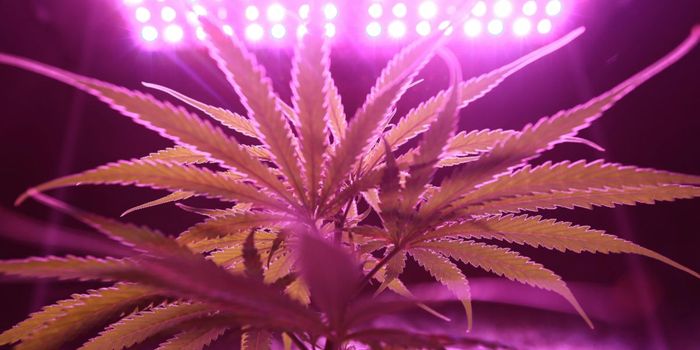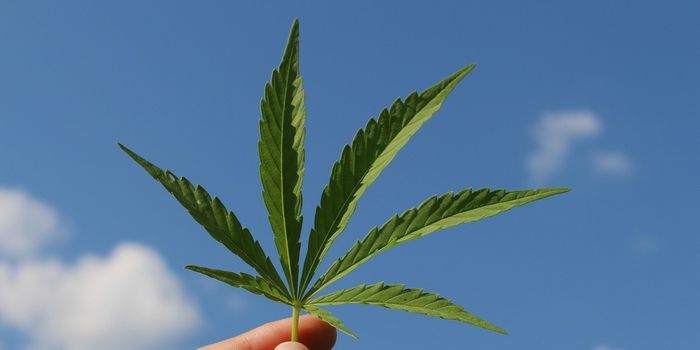Saving the Georgia Peach from Climate Change
On average, Georgia, the Peach State, produces an estimated 130 million pounds of peaches each year--that’s a lot of delicious pies, cobblers, and more. What sets Georgia peaches apart from other varieties are their growing conditions; at least historically, the southern climate helps produce some of the sweetest peaches around.
However, according to a recent article written in National Geographic, the growing conditions that produce the beloved Georgia peach are under threat by climate change, and measures must be taken immediately to mitigate loss of this state's treasure.
The problem for southern-grown peaches is the anticipated trend towards winters that are shorter and warmer than usual. Many peach varieties require a certain amount of time spent in cooler temperatures in the spring; this allows their buds to actually produce peaches in the summer. Essentially, peach trees force themselves into dormancy during these cold hours, allowing the tree to save energy for producing fruit when the time is right. While some peach varieties can produce fruit with less low-temperature hours, the more common varieties produced in Georgia, such as the Elberta peach, need 800 hours or more in order to produce fruit.
With shorter, warmer winters, peach trees are getting less time in the cold; since 1980, the average number of cold hours for peaches has fallen by about half. And to make matters worse, spring frosts have remained consistent despite these seasonal changes, exposing peaches that bloom too early to deadly cold.
Researchers are searching for ways to help the Georgia peach industry adapt to these changes, turning the actual DNA of peaches for answers.
Specifically, researchers are trying to understand the genetic instructions that tell a peach when an adequate number of cold hours have been met and when to emerge from dormancy when they detect the right warm weather. Understanding which genes control which activity could be key to finding, or creating, a peach variety that could both bloom effectively with less cold hours and survive spring frosts. Creating a new peach variety, however, could take time.
In the meantime, researchers are looking at other, short-term solutions to help current peach varieties grow in these changing environments. These approaches include, for example, using wind machines to help prevent frosts, though these approaches are costly and hard to do on a mass scale.
Sources: National Geographic; UGA








